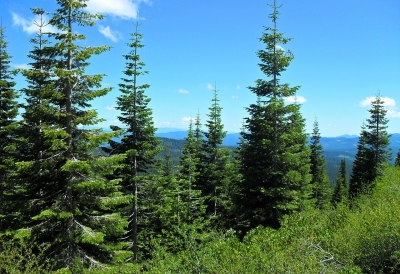Balance is a tricky thing, especially as it relates to ecosystems. When an ecosystem is balanced, trees age and insects use them as hosts for food, shelter and as a larvae nursery. The insects accelerate the old tree’s decay, making room for new growth. That’s the circle of life at its best.
When the balance tips even a little, the effect can be huge. Drought can weaken healthy trees and mild winters mean more insects in the spring that destroy not just old trees, but also compromised younger trees. Colorado is currently seeing epidemic levels of some insect infestations, 
The Colorado State Forest Service recently released its 2014 Colorado Forest Insect and Disease Update. It may not make the New York Times bestseller list, but for anyone concerned about the state of Colorado’s forests and how that affects their own property, it is quite a suspenseful page-turner.
One of the villains in this thriller is the spruce beetle (making a three-peat appearance as “Colorado’s most widespread and damaging forest insect pest”). The spruce beetle infested 485,000 acres in 2014. Other forest heavies in this report include the Douglas-fir tussock moth, the Douglas-fir beetle, the pine sawfly, the western balsam bark beetle, the fir engraver beetle and the western spruce budworm.
Early detection and treatment is the best way to save trees on personal property. The update features maps of infestations as well as photographs of adult insects and their larvae. Information about fungi and diseases that affect native trees is also included.
SprayTech, Colorado commercial and residential tree-spraying experts, can help you identify destructive insects on your property and develop an eradication plan for you. Call them at 720-248-0000. Serving South Metro Denver, Douglas county, Elbert County, and surrounding areas.
Comments are closed.